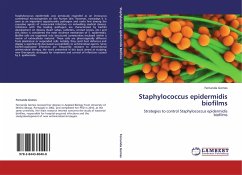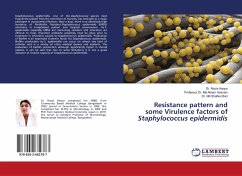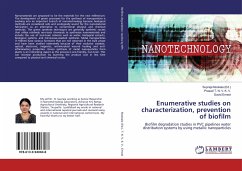Staphylococcus epidermidis was previously regarded asan innocuous commensal microorganism on the humanskin. However, nowadays it is seen as an importantopportunistic pathogen and ranks first among thecausative agents of nosocomial infections onindwelling medical devices. Infections with thisleading pathogen are characterized by biofilmdevelopment on devices (heart valves, catheters,contact lenses, etc.) and this factor is consideredthe main virulence mechanism of S. epidermidis.Biofilm cells are organised into structuredcommunities enclosed within a matrix of extracellularmaterial. These cells are phenotypically differentfrom planktonic or suspended cells; notably, theyresist host defences and display a significantlydecreased susceptibility to antimicrobial agents.Since biofilm-associated infections are frequentlyresistant to conventional antimicrobial therapy, thework presented in this book aimed at studying newtherapeutic strategies for treatment and control ofinfections causedby S. epidermidis.








